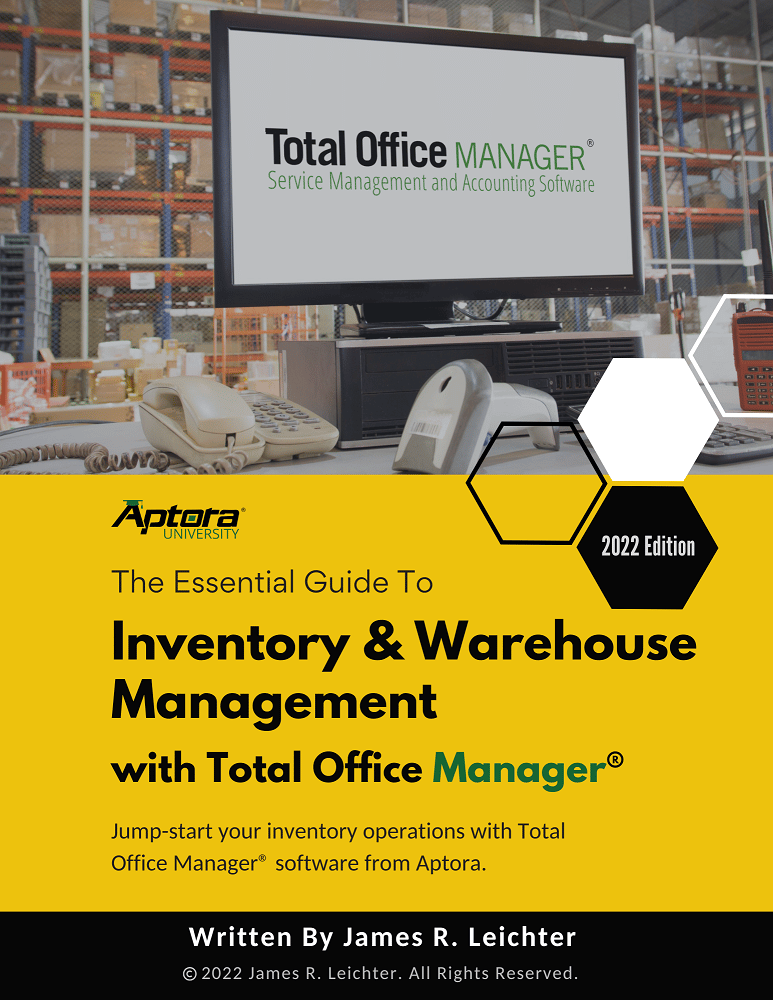Key Takeaways
- Accurate employee classification is crucial to avoiding tax and compliance pitfalls.
- Consistent recordkeeping practices prevent missed pay, legal complications, and miscalculations.
- Proactive and automated payroll systems reduce manual errors and free up valuable time.
- Strong internal controls and audits catch minor mistakes before they evolve into legal issues.
- Timely updates and ongoing training help you keep pace with changing regulations.
Payroll might seem straightforward—pay your employees the correct amount on time.
Yet, if you’ve ever managed a business or handled HR tasks, you know payroll errors can pop up unexpectedly, creating headaches for your team and your bottom line.
In this article, we’re counting down the most frequent payroll mistakes, from oversights in employee classification to missed tax deadlines. Along the way, we’ll share proven fixes to help you streamline processes, maintain compliance, and keep everyone happy come payday.
#10: Failing to Classify Employees Correctly
Misclassifying workers as independent contractors rather than employees (or vice versa) is a surprisingly common slip-up. Each category comes with distinct tax, insurance, and benefit obligations. When those obligations are overlooked, you risk penalties, back taxes, and potential legal battles.
Why It Happens
Some companies misclassify to save on costs or simply out of confusion about where a role fits. Gig work and project-based roles add complexity, making it easy to assume someone is a contractor when they are legally an employee.
How to Fix It
- Check Federal and State Definitions: The Internal Revenue Service (IRS) and various state labor departments have guidelines to help classify workers properly.
- Err on the Side of Caution: If a role seems borderline, consider designating them as an employee to avoid misclassification risks.
- Use Clear Contracts: If you genuinely need contractors, establish detailed agreements specifying scope, payment terms, and project timelines.
#9: Miscalculating Overtime Pay
Overtime pay calculations can grow tricky if you have multiple pay rates or if certain employees switch roles mid-shift. A quick arithmetic error can lead to shorted checks or overpayment.
Why It Happens
- Inconsistent timekeeping across departments.
- Overlooking state-specific overtime rules—some states require daily overtime for work beyond eight hours in a day.
- Confusing “regular rate of pay” (which includes certain bonuses or commissions) with base pay.
How to Fix It
- Centralize Your Timekeeping: Use a single system or software that automatically calculates hours and integrates state and federal overtime thresholds.
- Regular Training: Ensure whoever handles payroll is versed in labor laws specific to each state you operate in.
- Automate Calculations: Leverage payroll software to quickly handle multiple rates and track any shift differentials.
#8: Missing or Inconsistent Recordkeeping
Employees may spot a discrepancy in their paycheck weeks after the fact, and if your records are jumbled, you’ll struggle to verify hours worked, rate changes, or tax deductions. Poor organization also makes compliance checks a real nightmare.
Why It Happens
- Last-minute data entry.
- An outdated system that doesn’t sync timesheets, pay rates, and deductions consistently.
- Relying on manual spreadsheets prone to input errors.
How to Fix It
- Consolidate Records: Store all critical payroll data—like hours, pay rates, and deductions—in one secure system.
- Regular Audits: Review payroll reports monthly or quarterly to catch and correct minor inconsistencies.
- Electronic Storage: Shift away from paper-based filing. Digital records are easier to organize, access, and back up.
#7: Paying the Wrong Pay Rate
Imagine an employee who was promoted last month but still receives the old rate. Not only do you owe back pay, but morale takes a hit when workers discover pay mistakes.
Why It Happens
- Inadequate communication between HR, management, and the payroll department.
- Delays in updating job titles or pay scales in the payroll system.
How to Fix It
- Automate Updates: Implement a system that instantly reflects any promotion or salary change.
- Paper Trails: Use written confirmation for raises and promotions, so everyone knows when the new pay rate takes effect.
- Triple-Check: Have at least two people review payroll changes before each pay cycle.
#6: Overlooking Fringe Benefits and Taxable Items
Company perks such as gym memberships, gift cards, or educational stipends can be taxable. Failing to include their value in taxable wages triggers compliance issues.
Why It Happens
- Benefits aren’t always flagged as taxable.
- Employers aren’t fully informed about tax law covering non-cash compensation.
How to Fix It
- Consult IRS Guidelines: The IRS provides clear rules on what benefits are considered taxable.
- Track Everything: Maintain detailed records of benefit costs for each employee.
- Seek Professional Advice: Complex perks, like stock options or relocation reimbursements, may require an accountant’s expertise.
Visit IRS.gov for detailed guidance on taxable fringe benefits.
#5: Forgetting Local and State Tax Obligations
Federal taxes are just part of the puzzle. Some states or local jurisdictions have unique tax rates, filing deadlines, and reporting requirements, and some government-funded projects even require a specialized type of payroll reporting. Missing these things can lead to interest, penalties, or loss of good standing in the region you operate in.
Why It Happens
- Expanding to new states or cities without updating payroll settings.
- Assuming state laws mirror federal requirements, which can be a costly mistake.
How to Fix It
- Map Out Jurisdictions: Keep a list of each area’s tax rates, forms, and deadlines where you employ people.
- Use Specialized Software: Many payroll systems allow you to automatically update and calculate local taxes.
- Regular Monitoring: Laws and rates can change annually, so confirm updates when the new calendar or fiscal year begins.
Are you an S-Corp or C-Corp? Learn more about your state filing requirements and federal filing requirements in our contractor’s guides.
#4: Failing to Deposit Taxes on Time
Paying employees accurately is only half the battle; you also need to remit withheld taxes to the correct agencies by the designated deadlines. Late deposits can result in hefty fines that eat into profits.
Why It Happens
- Juggling multiple deposit schedules—weekly, monthly, or quarterly.
- Over-reliance on manual processes that don’t alert you to upcoming deposit dates.
How to Fix It
- Set Automated Reminders: Mark your calendar or payroll system to ping you before each filing deadline.
- Use EFTPS: Enroll in the Electronic Federal Tax Payment System for quick, trackable payments.
- Delegate: Assign tax deposit tasks to a dedicated payroll staffer or outsource to a trusted provider.
#3: Misunderstanding Garnishments and Deductions
Child support orders, tax levies, or wage garnishments must be deducted precisely as ordered. Misapplying these can spark legal issues and strained relations with both the employee and authorities.
Why It Happens
- Confusion about calculation of net disposable earnings or multiple garnishment orders for one employee.
- Overlooking updated court orders that modify deduction amounts.
How to Fix It
- Centralize Court Orders: Keep a record of each employee’s garnishment details in one place.
- Train Your Team: Ensure the payroll department understands the calculation of disposable income and priority of various deductions.
- Review Regularly: Double-check garnishment amounts each pay period to confirm accuracy.
#2: Neglecting Payroll Compliance Updates
Employment laws can shift year to year, and ignoring these changes means you could accidentally violate overtime laws, new-hire reporting rules, or mandated benefits regulations.
Why It Happens
- Busyness or lack of dedicated personnel tasked with monitoring legal updates.
- Inadequate communication from state or local agencies.
How to Fix It
- Subscribe to Official Newsletters: State labor and tax departments often distribute email alerts.
- Join Industry Groups: Associations and forums for HR professionals frequently share news on legal changes.
- Maintain a Compliance Calendar: Note recurring tasks, such as checking for updated wage bases or changes to family leave laws.
Refer to DOL.gov for an up-to-date summary of information on federal labor laws and regulations.
#1: Relying on Outdated or Non-Automated Systems
At the top of the countdown is a mistake that can make all other errors more likely—using outdated processes. Manual data entry and spreadsheets not only eat time but also increase the risk of compounding errors.
Why It Happens
- Business owners assume upgrading is too expensive or time-consuming.
- Fear of migrating data from a familiar system to a new one.
How to Fix It
- Invest in Modern Payroll Solutions: Cloud-based platforms automatically calculate taxes, store time and attendance data, and notify you of state and federal compliance changes.
- Prioritize Security: New software often includes encryption and multi-factor authentication to keep sensitive data safe.
- Plan a System Migration: If you’re worried about downtime or data loss, roll out your new system in stages—first for new hires, then a broader set of employees.
Optimize Your Payroll with Aptora’s Software
Managing payroll errors can feel like a constant balancing act, with every mistake potentially leading to fines or unhappy employees. That’s where Aptora’s business management software makes a difference.
With our software, you can automate calculations and integrate real-time data. Whether you’re a small business owner or an HR specialist, upgrading to a solution that minimizes manual work can help you stay accurate and stress-free.
FAQ
1. How often should I audit my payroll processes?
A monthly or quarterly audit is recommended for most businesses. If you’re going through a significant change—like adding multiple new employees or expanding to another state—perform a quick audit immediately after updating your system.
2. Can I handle garnishments manually without specialized software?
Yes, but it’s risky. Each garnishment order can come with unique calculation rules, and any slip in compliance can lead to penalties. Specialized payroll tools simplify this by calculating garnishment amounts automatically.
3. Do I need professional help if my payroll system is automated?
Even the best software needs human oversight. A payroll specialist or HR manager can interpret system-generated reports, handle exceptions, and ensure that each pay period runs smoothly.





